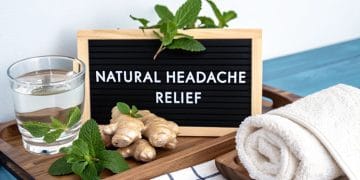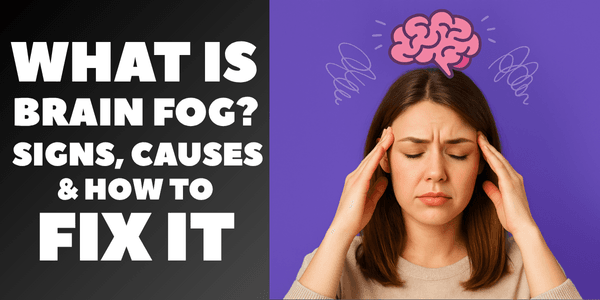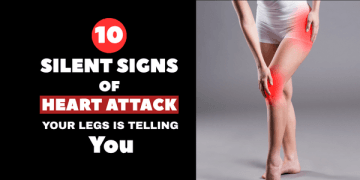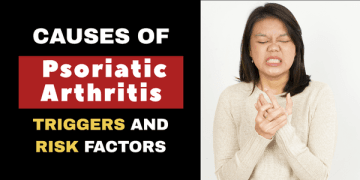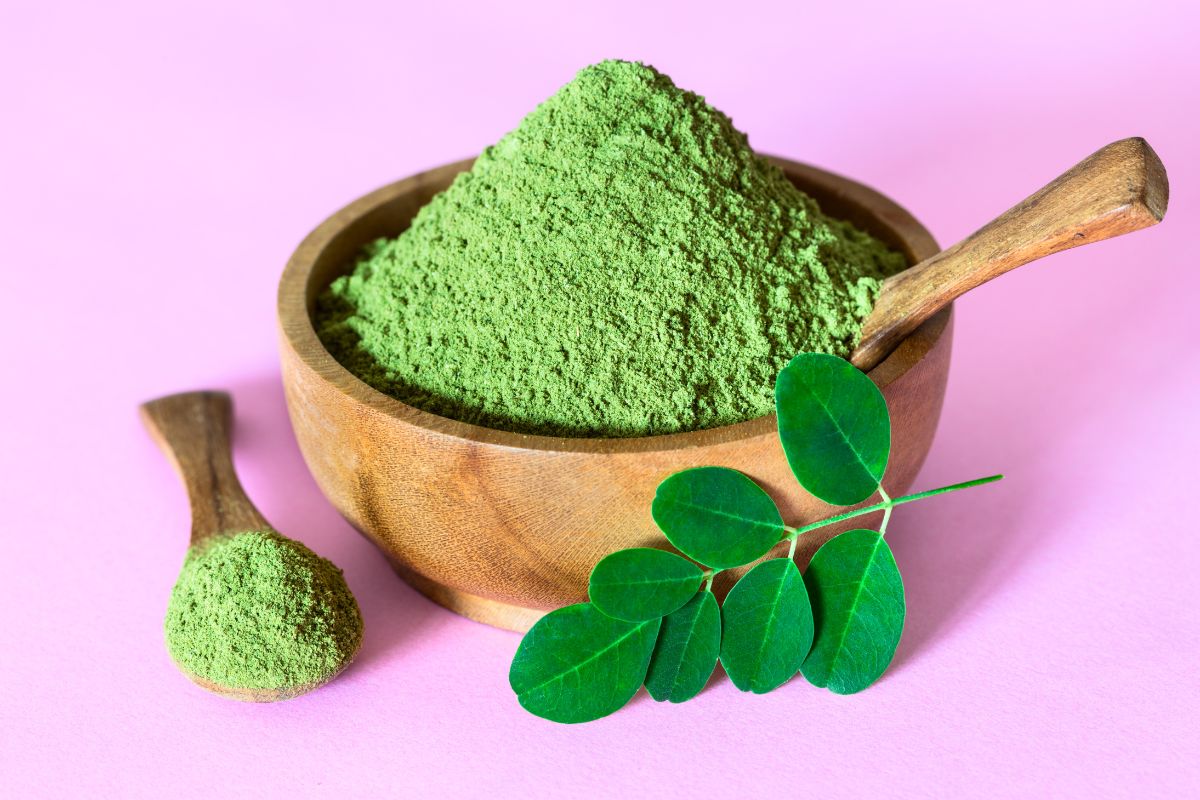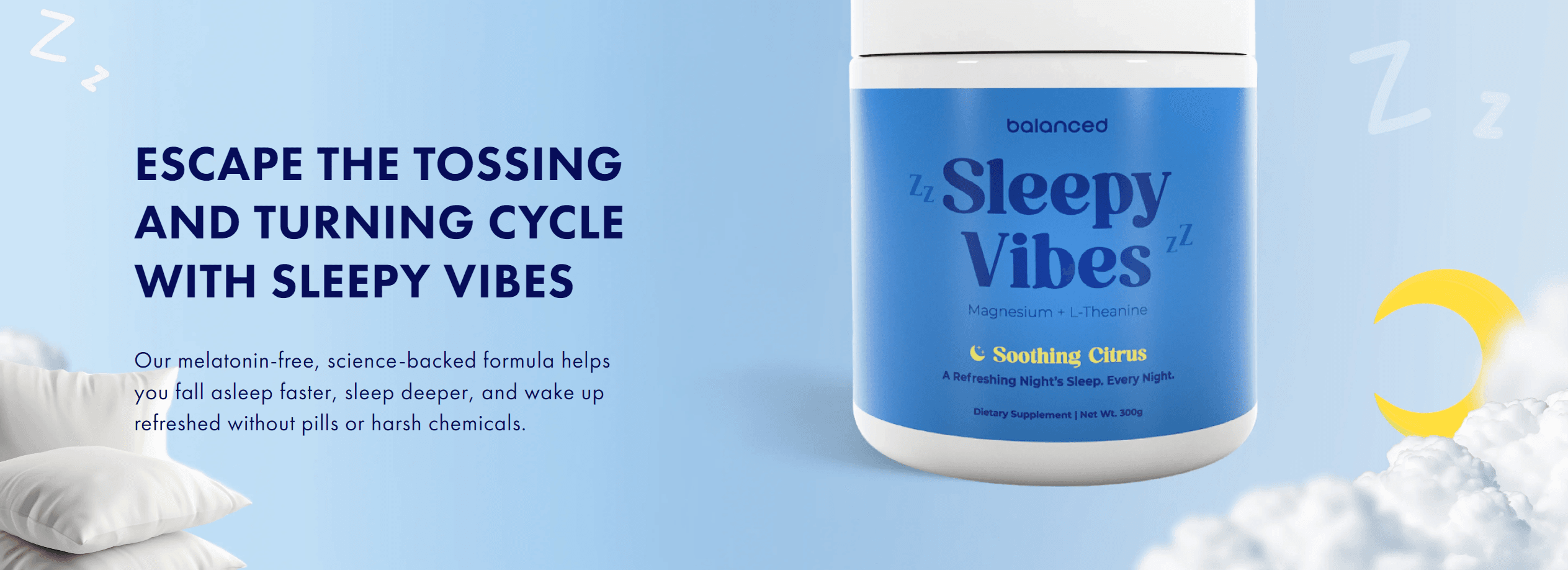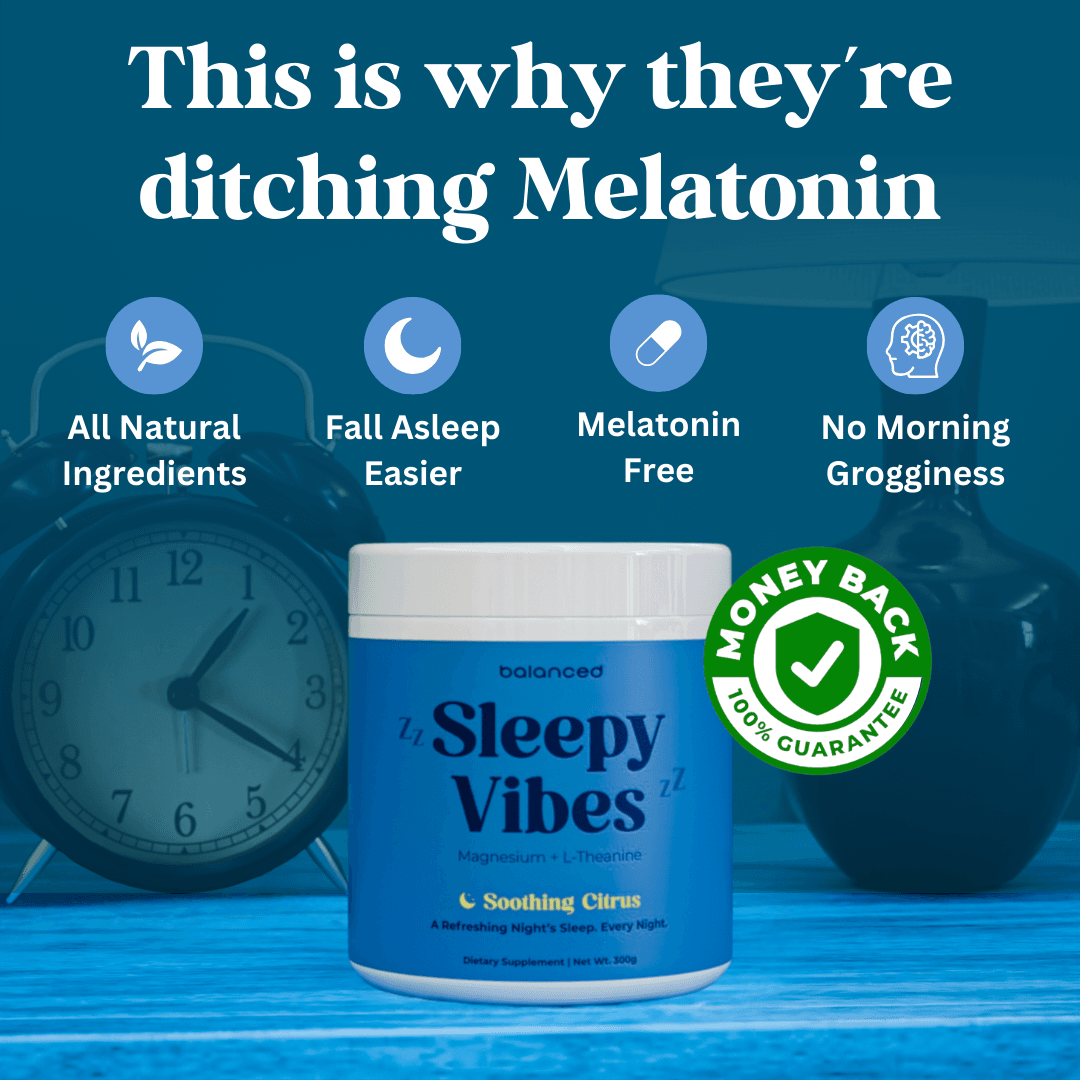Last Updated on July 22, 2025 by Lauretta Iyamu, PharmD
A bad headache can ruin your whole day.
Even easy things feel hard to do.
Many people take pills, but you might have good remedies at home already. This guide will show you simple, natural ways to feel better. We'll give you clear steps that work.
This article talks about different home remedies for headache relief.
We will cover things like drinking water and using hot or cold packs.
We will also look at using special oils and herbs like ginger. You will learn what to do and why it helps. We will also talk about caffeine, magnesium, and simple relaxation exercises.
Our goal is to give you useful information you can trust.
By learning these remedies, you can fight headaches as soon as they start.
We will also tell you when a headache is serious and you should see a doctor. This helps you make smart choices for your health.
1. Cold and Warm Compress Therapy
Using temperature is a classic way to fix a headache.
You can use a cold pack or a warm cloth.
The idea is simple. Different temperatures change how your body feels, which can stop the pain.
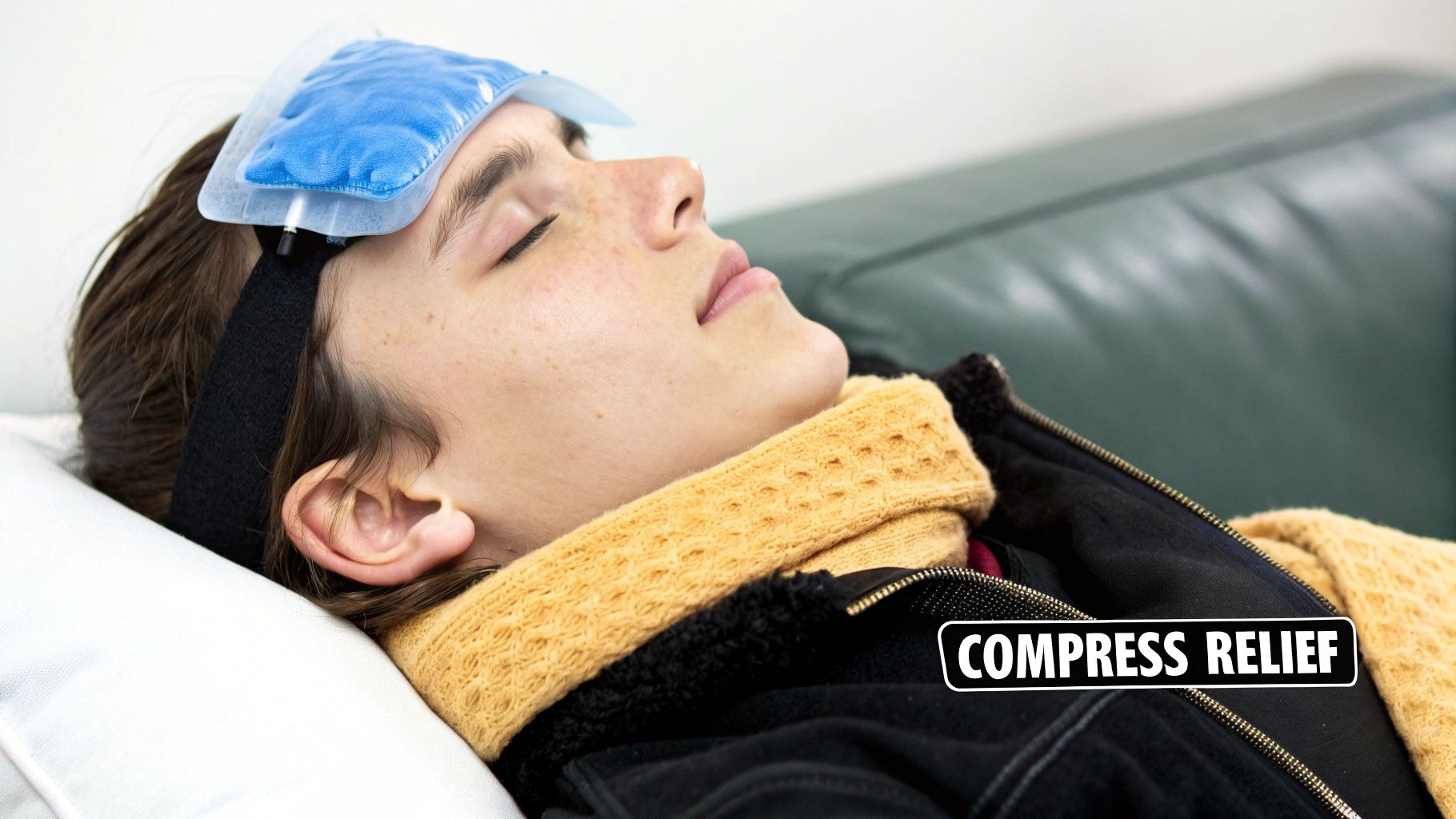
Cold packs shrink blood vessels and reduce swelling. This is great for migraine pain.
Warm cloths relax tight muscles and help blood flow. This is perfect for tension headaches.
When to Use Cold vs. Warm
Picking the right temperature is important for relief.
The kind of headache you have tells you which one to use.
- For Migraines: Choose a cold compress. Migraines feel like a throbbing pain from swollen blood vessels. Putting something cold on your forehead or neck can numb the area and shrink the vessels.
- For Tension Headaches: A warm compress works better. Tension headaches come from tight muscles in your neck and shoulders. Warmth helps relax these muscles and ease the ache.
Key Insight: A simple rule is cold for throbbing pain and heat for tight pain.
How to Use Compresses Safely
Using compresses the right way keeps your skin safe.
- Cold Compress: Put ice or a gel pack in a thin towel. Never put ice right on your skin. Keep it on the sore spot for 15 minutes.
- Warm Compress: Use a heating pad on low or a warm, wet towel. Make sure it is warm, not hot, to avoid burns. Apply it to the back of your neck for 15 minutes.
2. Hydration Therapy
One of the easiest and best home remedies for a headache is to drink water.
Not drinking enough is a very common reason for headaches.
Drinking more water helps your brain work right and can stop the pain. When your body needs water, your brain can shrink a little, which causes pain.
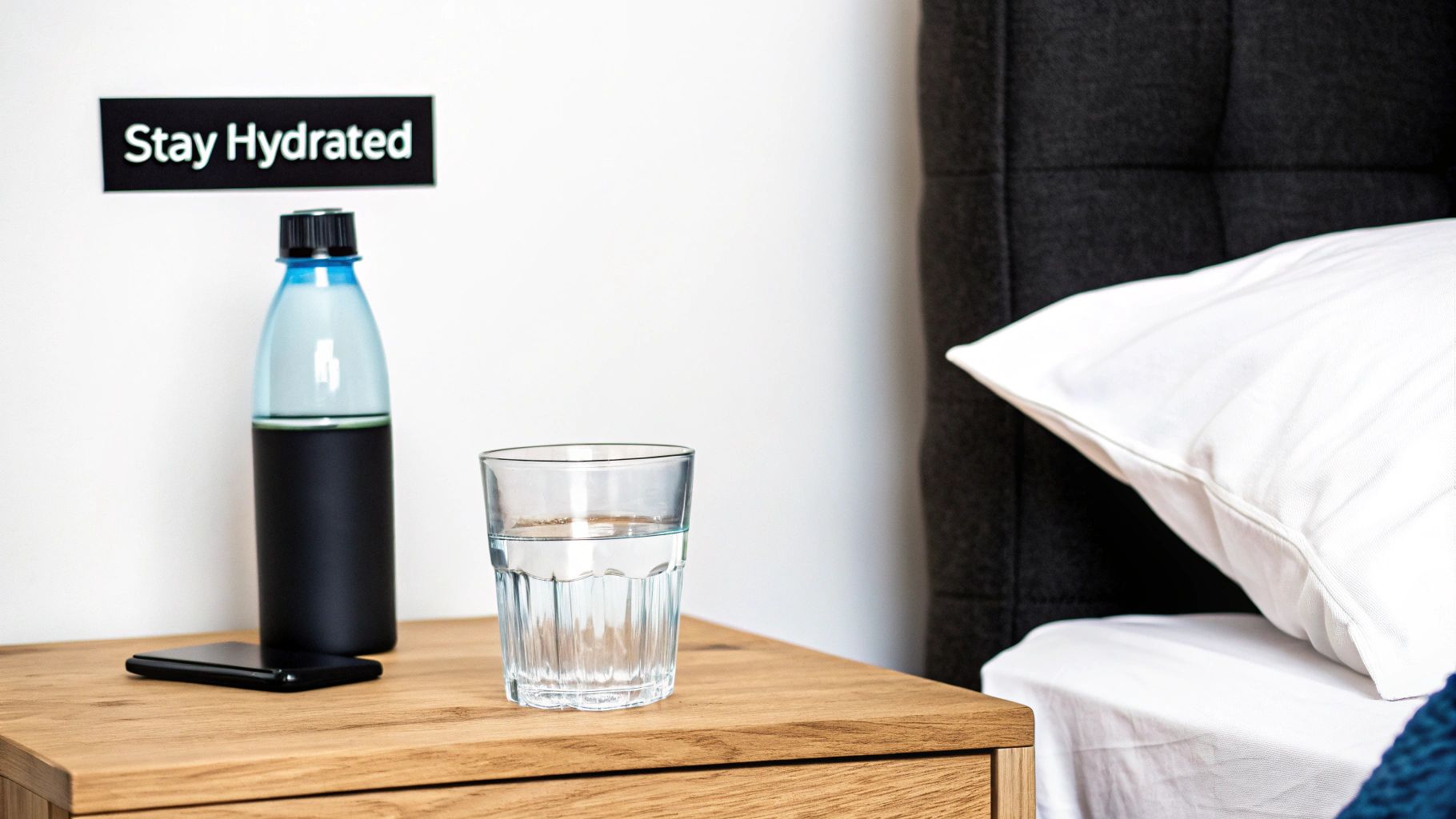
Drinking water puts fluids back in your body.
This helps get more oxygen to your brain.
This can make a headache feel better in just a few hours.
When to Drink More Water
Knowing if your headache is from dehydration helps you fix it fast.
- For Any Headache: Before you take medicine, drink a big glass of water. Many headaches get worse if you haven't had enough to drink.
- After Exercise: If your head hurts after you exercise, you probably need water. Drinking before and after you move can prevent this.
- If You Feel Thirsty: Thirst and dark-colored pee are clear signs. If you have these with a headache, drink water first.
Key Insight: Don't wait until you feel thirsty. Thirst means you already need water. Sip water all day to stay ahead of headaches.
How to Hydrate for Pain Relief
Just drinking water is good, but how you do it matters.
- Drink Right Away: When a headache starts, drink a large glass of water. This starts the rehydration process quickly.
- Add Electrolytes: For faster relief, add a tiny bit of sea salt or an electrolyte powder to your water. This helps your body use the water better.
- Check Your Urine: Your pee should be a light, pale yellow color. If it’s dark, you need to drink more.
- Be Consistent: Sip water all through the day. This is better than drinking a lot at once.
3. Peppermint Oil Aromatherapy
Using plants is another great home remedy for headache pain.
Peppermint oil is a top choice.
It has something called menthol that creates a cooling feeling. This helps relax tight muscles and can ease pain naturally.

You can put it on your skin or just smell it.
This makes it useful for different kinds of headaches.
Studies show that menthol can work as well as some pain pills for tension headaches.
When to Use Peppermint Oil
Peppermint oil is great for tension headaches and some migraines.
- For Tension Headaches: The cooling menthol is perfect for the tight feeling around your head. Putting it on your forehead and temples can help a lot.
- For Migraines: The cooling feeling can bring comfort during a migraine. Smelling the oil might also help with nausea that often comes with migraines.
Key Insight: Peppermint oil attacks pain in two ways. The cooling menthol helps the pain on your skin, and the smell can soothe you.
How to Use Peppermint Oil Safely
These oils are very strong, so you have to use them correctly.
- On Your Skin: Always mix peppermint oil with another oil, like coconut or almond oil. Use 2-3 drops of peppermint oil for every teaspoon of the other oil. Rub it on your temples and forehead, but keep it away from your eyes.
- To Smell It: Put a few drops in a diffuser. Or, put a drop on a cotton ball and breathe in deeply.
- Be Safe: Test a small spot on your skin first to make sure you don't have a bad reaction. You can learn more about natural remedies on healthyavid.com.
4. Ginger Root Remedy
Ginger is a strong, old home remedy for headache relief.
It has been used for hundreds of years.
It works because it has things inside that fight inflammation and pain. These things can help stop the pain signals in your body, which is great for migraines.

Science now backs up what people have known for years.
One study found that ginger powder worked as well as a migraine drug.
But it had fewer side effects.
Why Ginger Works on Headaches
Ginger helps with headaches in a few ways.
- For Migraines: Ginger helps block pain-causing chemicals in your body. This can stop a migraine before it gets bad. It also helps with the nausea that can come with migraines.
- For Tension Headaches: Ginger's anti-inflammatory power can also soothe tight muscles. This offers a more complete way to manage pain.
Key Insight: Ginger is strong because it fights both the head pain and the sick feeling in your stomach.
How to Use Ginger for Headache Pain
It is easy to add ginger to your day.
- Ginger Powder: You can take a capsule of dried ginger powder. Taking it with a little food is best.
- Fresh Ginger Tea: Making tea is a soothing way to use it. Put a small piece of fresh ginger in hot water for 10 minutes. You can add lemon or honey.
- Start Small: If you are new to ginger, start with a small amount. See how your body feels before taking more.
To learn about other plant-based helpers, check out herbal remedies on healthyavid.com.
5. Magnesium Supplementation
Sometimes, not having enough of a certain nutrient can cause headaches.
Magnesium is a mineral your body needs for many things.
It helps your nerves and muscles work right. Many people who get a lot of headaches have low magnesium levels.
Taking magnesium can help keep your nerves calm.
This can prevent the things that trigger headaches.
That's why doctors often suggest it to prevent headaches, not just treat them.
When to Think About Magnesium
Magnesium is best used to stop headaches before they start.
- For Migraines: This is where magnesium works best. Low magnesium in the brain can make you more likely to get a migraine. Taking a supplement can help stop this.
- For Tension Headaches: Magnesium can help relax the tight muscles in your neck and shoulders. This can reduce tension headaches.
- For Menstrual Migraines: Headaches linked to a woman's period can be helped by magnesium. Changes in hormones can affect magnesium levels.
Key Insight: Think of magnesium as a shield. It helps prevent headaches from happening in the first place by calming your system.
How to Use Magnesium Safely
Taking supplements the right way gets you the benefits without problems.
- Choose the Right Kind: Some forms of magnesium are better than others. Look for magnesium glycinate or magnesium citrate. They are easier for your body to absorb.
- Start Low: A common dose is 400-600 mg a day. But start with less, like 200 mg, and slowly take more over a few weeks.
- Take it With Food: Taking magnesium with a meal can prevent stomach upset. You can also split the dose, taking some in the morning and some at night. Learn about the best supplements to take for overall health on healthyavid.com.
6. Caffeine Therapy
Caffeine is tricky when it comes to headaches.
For some, it causes them, but for others, it can be a great remedy.
Caffeine can narrow swollen blood vessels in your head. It also helps pain relievers like ibuprofen work better and faster. That is why it's in many headache medicines like Excedrin.
When to Use Caffeine for Headaches
Knowing when to have a cup of coffee is important.
- For Early Migraines: Drinking caffeine when a migraine first starts can sometimes stop it. It helps shrink the swollen blood vessels that cause pain.
- For Caffeine-Withdrawal Headaches: If you normally drink coffee and you miss a day, you might get a headache. In this case, drinking some caffeine is the cure.
- To Help Pain Relievers: A little caffeine with a pain pill can make it work better. This combo can give you more relief.
Key Insight: Use caffeine carefully. Think of it as a special tool for a headache, not something to use every day, to avoid problems.
How to Use Caffeine Safely
The right amount at the right time is key.
- Watch the Dose: Aim for about 100-200 mg of caffeine. This is like one or two small cups of coffee.
- Drink Water Too: Caffeine can make you lose water. Drink plenty of water with it to avoid dehydration, which makes headaches worse.
- Avoid It Late in the Day: Don't have caffeine in the afternoon or evening. It can mess up your sleep, and bad sleep can cause headaches.
7. Progressive Muscle Relaxation and Meditation
Stress is a huge trigger for headaches, especially tension headaches.
Relaxation and meditation are powerful home remedies for headaches that fight stress.
These methods help your body relax, which lowers stress and releases tight muscles.
Progressive muscle relaxation, or PMR, means you tighten and then relax your muscles.
This makes you aware of where you hold tension and helps you let it go.
Meditation helps you notice your thoughts and feelings without getting caught up in them. This breaks the cycle of stress and pain.
When to Use Relaxation Techniques
You can use these methods to prevent headaches or for quick relief.
- For Prevention: Doing a 10-minute session every day can lower your stress. This makes you less likely to get a headache in the first place.
- During a Headache: If you feel a headache starting, a quick meditation can stop it. It helps relax the tight muscles in your neck and shoulders.
Key Insight: PMR and meditation are like training for your nerves. Practicing them regularly builds your defense against stress.
How to Practice PMR and Meditation
It's easy to start.
- Progressive Muscle Relaxation: Lie down. Tighten the muscles in your feet for 5 seconds, then relax them for 30 seconds. Work your way up your body, tensing and relaxing each part.
- Mindfulness Meditation: Sit quietly and focus on your breathing. When your mind wanders, gently bring it back to your breath. There are apps that can guide you.
For more on these powerful tools, explore mindfulness and meditation on healthyavid.com.
7-Key Home Headache Remedies Comparison
| Therapy/Remedy | Implementation Complexity | Resource Requirements | Expected Outcomes | Ideal Use Cases | Key Advantages |
|---|---|---|---|---|---|
| Cold and Warm Compress Therapy | Low – simple application | Ice packs, heating pads, towels | Immediate relief (15-20 mins), temporary | Migraines, tension headaches | Non-invasive, drug-free, inexpensive |
| Hydration Therapy | Very low – increase water intake | Water, optional electrolytes | Relief in 30-60 mins, preventive | Dehydration-induced headaches | Simple, cost-effective, overall health benefits |
| Peppermint Oil Aromatherapy | Low – topical or inhalation | Peppermint oil, carrier oil, diffuser | Fast relief (15-30 mins), soothing effect | Muscle tension headaches, migraine | Natural analgesic, multiple application methods |
| Ginger Root Remedy | Low to moderate – ingestion | Ginger root powder, tea, capsules | Relief in 30-60 mins, anti-inflammatory | Headaches with nausea, migraine prevention | Addresses pain and nausea, well-researched |
| Magnesium Supplementation | Moderate – oral supplementation | Magnesium supplements (various forms) | Preventive effects in 4-6 weeks | Migraine prevention, chronic headaches | Addresses deficiency, scientifically supported |
| Caffeine Therapy | Low – oral ingestion | Coffee, tea, caffeine tablets | Fast relief (30-60 mins), enhances meds | Withdrawal headaches, augmentation of pain meds | Readily available, fast-acting |
| Progressive Muscle Relaxation and Meditation | Moderate – requires practice | None or guided audio/apps | Preventive, reduces frequency in 2-4 weeks | Tension and stress-related headaches | No side effects, accessible anywhere, long-term benefits |
Conclusion
Finding what works for your headache can seem hard.
But your home is full of helpful tools.
This guide showed you many easy and effective home remedies for headache pain. The main point is to create your own plan that fits you.
Start by figuring out what kind of headache you usually get.
Then, try a few remedies to see what helps most.
For example, a cold pack can give fast relief. But eating foods with magnesium can help prevent headaches over time. Combining methods is often the best strategy.
Mastering these home remedies for headache gives you power.
Instead of feeling helpless, you have a plan.
This can even lower the stress you feel about getting a headache. But remember, these remedies are for common headaches.
You should see a doctor if your headache is sudden and very bad.
Also, see a doctor if it comes with a fever or stiff neck, or if it happens after an injury.
A doctor can make sure it isn't something more serious.
What is the first home remedy you plan to try?
For those dedicated to building a proactive, healthy lifestyle to manage wellness concerns like headaches, Healthy Avid offers curated resources and guidance. Explore our platform at Healthy Avid to discover recipes, wellness strategies, and expert insights that support your journey toward a pain-free life.

